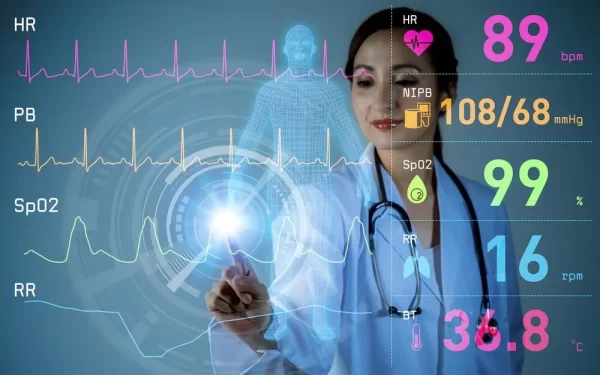5 Phases of MedTech Development
Experts breakdown medical device development into five phases. Each phase requires planning, documentation and collaboration. This process involves teams outside and inside the business. Medical device developers work with medical device consulting firms and key opinion leaders. The company should navigate this process successfully. It is critical to understand how these five stages are related.
A medical device company is required to determine the project’s feasibility quickly to bring the device to the market for a greater return on investments. The company requires a Documentation Management System in the early stages. This provides design and document control.
Initial Ideation and Risk Analysis
This is the first medical device development phase that includes initial ideations. Risk and opportunity analysis are key elements of this phase. This determines if the company will move to the next phase or not.
The company defines product market fit. Medical device market analysis determines the product’s demand in the target market. The company determines the target market and regulatory requirements. The next step is determining the device’s class. This determines the time and budget the company requires to enter the market with a device that has the potential to secure the highest return on investment. If the product development is viable and financially feasible and it has a position in the target market, the company moves to the second stage.
Conceptualization and Feasibility
This includes risk assessment and gathering customer and regulatory requirements. The company uses initial prototypes for proof of concept. This determines whether the company should continue with medical device development or not.
In this stage, a medical device consulting firm conducts research and surveys with clinicians and patients. The company documents customer needs. Medical device competitor analysis is an important part of this stage. The clinicians’ requirements determine initial design and development. This aids conceptualization. Prototyping aids proof of concept. This is an iterative process of design, development and review. In the end, the company has a feasible concept.
Design and Development
This stage includes a medical device design and development that meets regulatory requirements. The company assembles regulatory documentation as part of design inputs. The company further gathers and turns user requirements into a User Requirements Specifications document. The company develops Engineering Design Specifications through iterations. This leads to designs the company has to verify before the final product development. This is followed by the validation of the final product against the User Requirements Specifications document. This stage includes planning, design, review and approval for steps the company should take to reduce end user’s risks.
Validation, testing and Approval
The company gathers documentation and data required for submission for approval. This stage includes an audit and review of the Device Master Record, an instruction manual for compliant and safe medical device manufacturing. It also includes the Design History File. This file demonstrates that the company has used the instruction manual for medical device developments.
Device Launch and Post Launch Assessment
After a medical device company receives approval for a medical device launch, the company transfers production plans to the chosen manufacturer. The DMS and QMS tools quality determine whether it will be easy or difficult to share IP with outside organizations. The right QMS tools allow manufacturers to access the documentation required for medical device production.
After product launch, the QMS should also be able to get customer feedback and complaints. There should be a mechanism that triggers product recall or other appropriate action.


